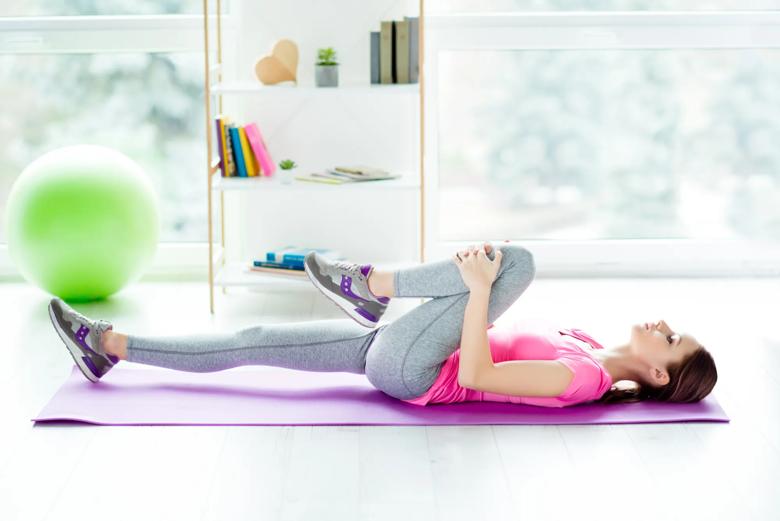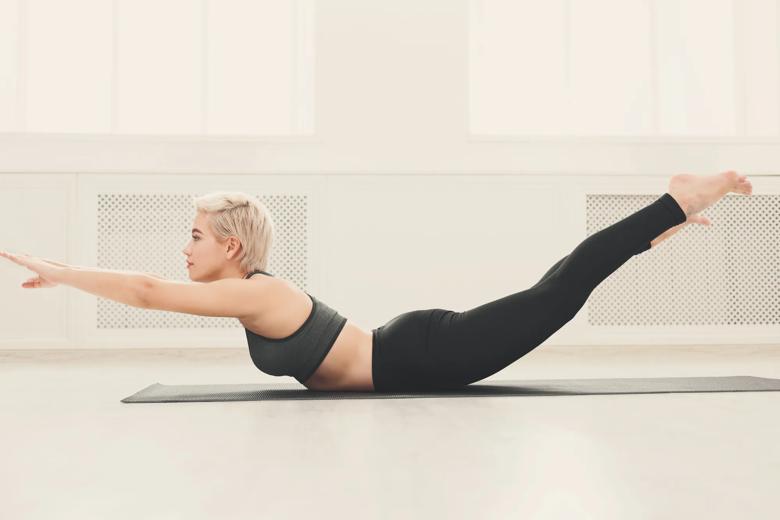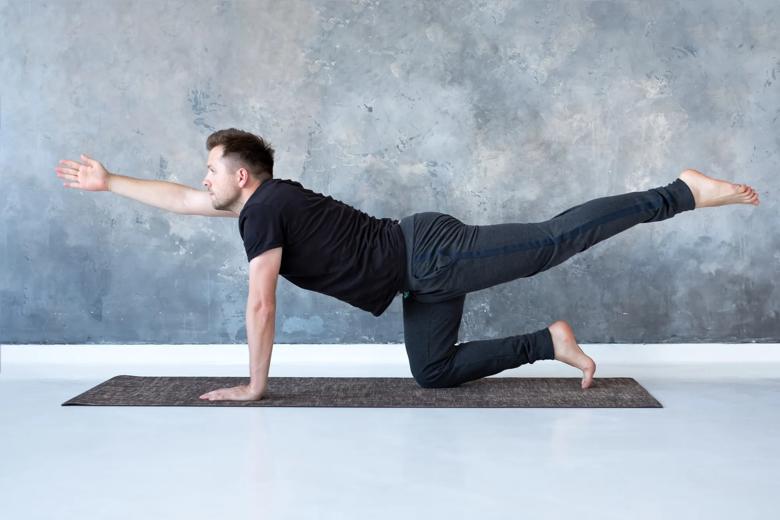Discover Somatic Pilates: Gentle Exercises for Strength, Flexibility, and Mindful Movement
Are you searching for a workout that nourishes both your body and mind? Somatic Pilates blends traditional Pilates with the principles of "somatics," emphasizing body awareness and mindful connection over rigorous form. It's a gentle, yet effective approach that can improve your overall well-being.
Why Choose Somatic Pilates?
Unlike traditional Pilates, which focuses on achieving specific forms and building strength, Somatic Pilates prioritizes feeling and understanding your body's movements. This can lead to several benefits:
- Increased Body Awareness: Develop a deeper understanding of your body's position, movement, and the effort required for each.
- Improved Mind-Body Connection: Integrate mindfulness into your exercise routine, promoting relaxation and reducing stress.
- Potential Pain Relief: Address musculoskeletal issues and ease chronic pain by strengthening your core and improving posture.
According to exercise physiologist David Creel, PhD, "A somatic Pilates class may move slower than a standard class, but slow doesn’t mean easy." Consult your healthcare provider before starting any new exercise program.
5 Simple Somatic Pilates Exercises to Try
Here are five exercises to introduce you to the world of Somatic Pilates. Remember to focus on your breathing and body sensations throughout each movement.
-
Single Leg Stretch:
- Lie on your back, legs hip-width apart.
- Lift your upper body and legs slightly, keeping your lower back connected to the mat.
- Bring one knee to your chest, hold, and breathe deeply.
- Alternate legs, focusing on relaxing between stretches.
- Modification: If you have neck pain, support your head with your hands.
-
Superman Stretch:
- Lie on your stomach with arms extended overhead.
- Slowly lift arms, legs, chest, neck, and head off the mat.
- Hold, breathing deeply, then slowly lower.
- Repeat as desired.
- Modifications: Lift one arm and opposite leg, lift only arms, or place arms by your side.
-
Bird Dog Stretch:
- Start on all fours, like a tabletop.
- Lift one arm and the opposite leg, extending them straight out.
- Hold, breathe deeply, and return to the starting position.
- Alternate sides.
- Modifications: Focus on one limb at a time for balance, or lean on a table if getting on the floor is difficult.
-
Rolling Like a Ball:
- Sit on your mat, balancing on your tailbone with knees bent and legs lifted towards your chest.
- Hold your ankles or shins.
- Gently roll backward onto your back, keeping your spine curved so your head doesn't touch the mat.
- Use momentum to roll back up to the starting position.
- Modification: Touch your toes to the mat for better balance.
-
Wall Roll Down:
- Stand with your back against a wall, heels slightly away from the wall.
- Engage your core muscles.
- Slowly drop your head and roll your body down the wall, vertebra by vertebra.
- Hold the stretch, then slowly roll back up.
- Modifications: Roll down less if the stretch is too intense. Caution: Skip this exercise if you have balance issues, glaucoma, or POTS.
The Benefits of Somatic Pilates Extend Beyond the Physical
While Somatic Pilates contributes to improved strength, balance, and flexibility, its most significant advantages lie in its potential to:
- Improve Proprioception: Fine-tune your body's awareness of its position and movement in space.
- Support Physical Healing: Aid in recovery from injuries, promoting safe and effective rehabilitation.
- Enhance Mental Well-being: Reduce stress, anxiety, and depression by integrating mindfulness into your movement practice.
- Increase Social Connections: Attending classes provides a wonderful avenue to meet new people.
Getting Started with Somatic Pilates
Somatic Pilates offers a pathway to improved physical and mental well-being through mindful movement. To ensure a safe and effective practice:
- Choose a qualified instructor: Look for certifications from organizations like the American College of Sports Medicine or the American Council of Exercise.
- Communicate any injuries or medical conditions: Ensure your instructor can adapt exercises to your needs.
- Start slowly and listen to your body: Focus on gentle movements and avoid pushing yourself too hard, especially when you start.
By choosing Somatic Pilates, you embark on a journey towards a stronger, more balanced, and mindfully connected you.


